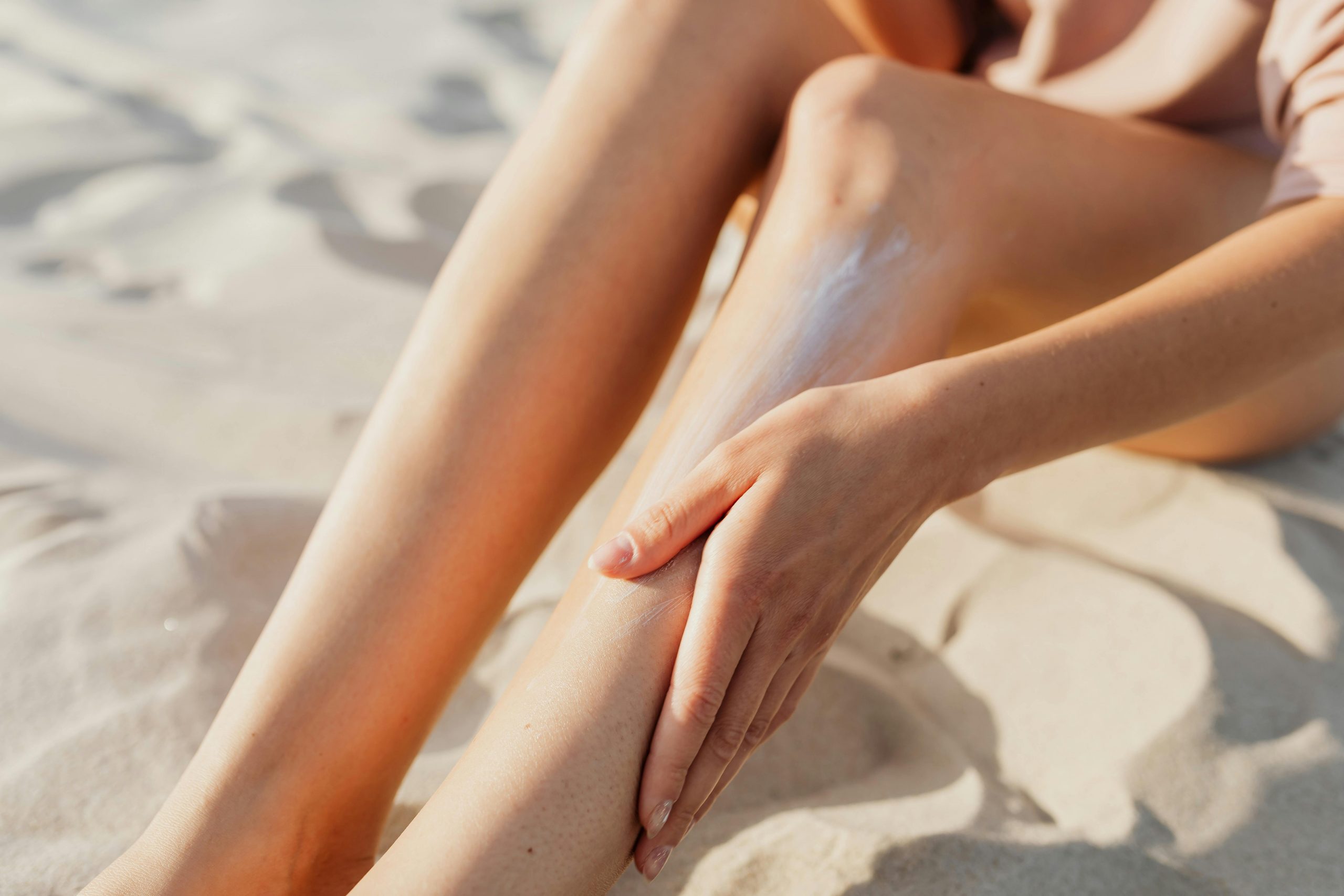Mineral vs. chemical sunscreens

With seemingly endless sunscreen options available on the market, it’s important to understand the basic ingredients that make up this skin-saving product. A Baylor College of Medicine dermatologist breaks down the two core characteristics that protect against harmful rays – mineral and chemical.
“Regardless of your choice, your sunscreen must have a sun protection factor of at least 30 and offer broad-spectrum protection,” said Dr. John Wolf, professor of dermatology at Baylor.
Mineral (physical) sunscreens
The most common ingredients that categorize sunscreens as a mineral, also known as physical sunscreen, are zinc oxide or titanium oxide. These sunscreens sit atop the skin and reflect harmful rays away from the body. Because the ingredients don’t need to be absorbed by the skin, these types of sunscreens are immediately effective and don’t need to be applied a long time before sun exposure. Mineral sunscreens are best for people with sensitive skin and children older than six months. Mineral sunscreens are known to leave white or blueish tints on the skin, especially when sweating, which may be a drawback for some people. Additionally, mineral sunscreens are not ideal for activities like swimming as they may easily wash off.
“It is important to note that the American Academy of Dermatology recommends not using sunscreen on children younger than six months and to limit sun exposure as much as possible for these kids,” Wolf said.
Chemical sunscreens
The most common ingredients that categorize sunscreens as chemical sunscreens are avobenzone, oxybenzone and octinoxate. These sunscreens will be absorbed by the skin, often without clogging pores, absorb and filter UV light and turn the harmful rays into heat. These sunscreens should be administered 20 to 30 minutes before sun exposure as they need time to be absorbed by your skin. Chemical sunscreens are best for swimming or other activities involving water and sun exposure as they may be water resistant.
“People with sensitive skin may want to opt for mineral sunscreens, and patients, including parents, with concerns about chemical sunscreens can also opt for mineral sunscreens as the skin does not absorb them,” Wolf said.
Planning your next trip
Wolf notes a few items to consider when purchasing sunscreen. If your sunscreen is over three years old, it is best to throw it away and buy a new bottle. Avoid scented and multipurpose sunscreens, such as combination insect repellent and sunscreen since sunscreen needs to be reapplied frequently and insect repellent should be used sparingly. Finally, some locations around the world have sunscreen ingredient restrictions due to ecological concerns. Researching these restrictions beforehand or purchasing sunscreen locally allows you to follow the rules.
“Everyone has their own preferences when it comes to sunscreen, but the most important thing is to choose one that you will use and reapply every two hours, if not sooner,” Wolf said.
By Aaron Nieto



